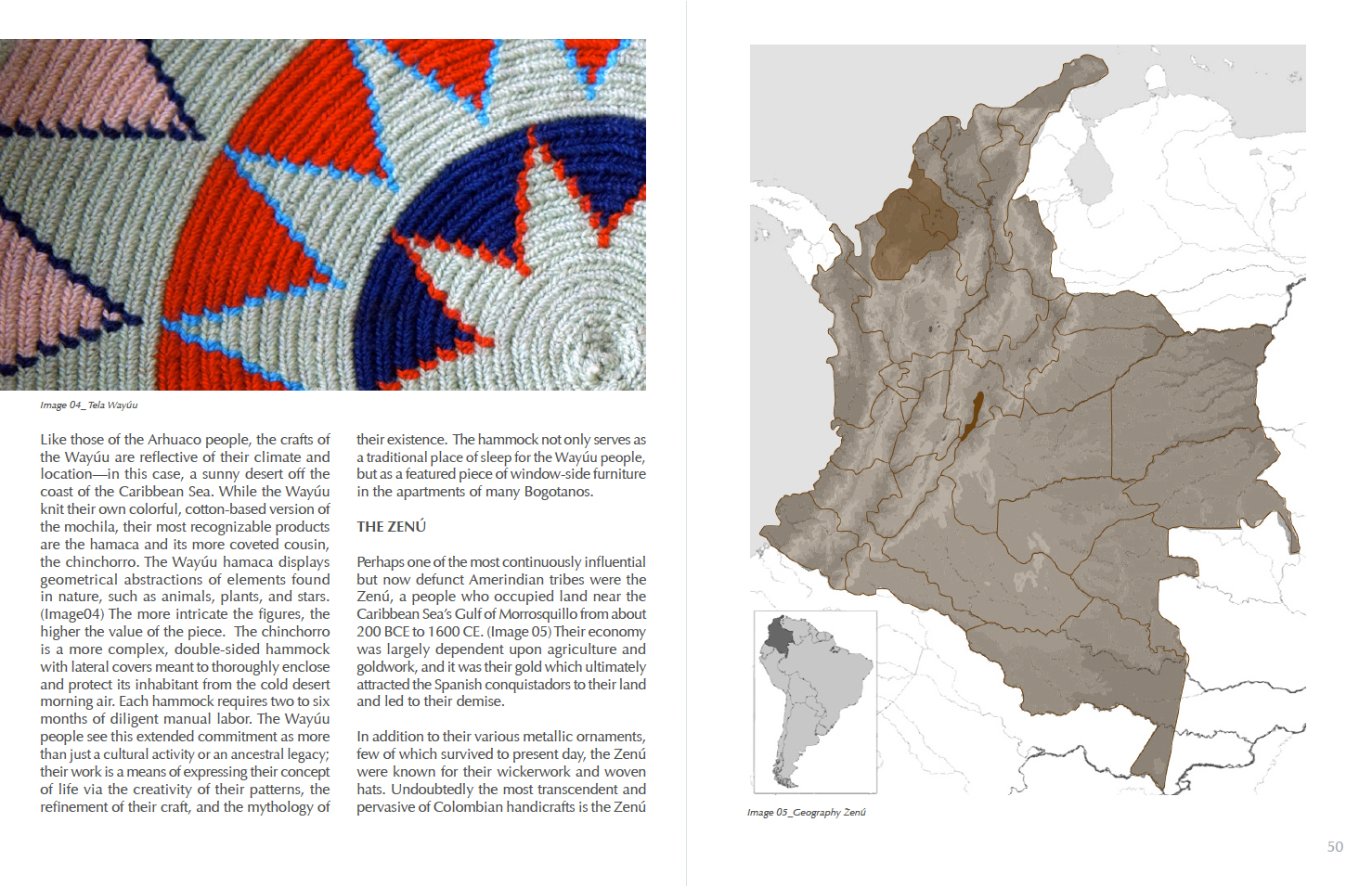BOGOTÁ BRICK AND THE TRADITION OF COLOMBIAN CRAFT [2013]
[WITH THE AIA NATIONAL ASSOCIATES COMMITTEE; FULL ESSAY]
Woven handicraft is an historic tradition integral to all social classes of Colombian society. Its legacy is ubiquitous in the country’s wearable and inhabitable arts—in handbags, hammocks, and hats. The practice of fabricating these cultural mainstays by hand from readily available raw materials serves two purposes: first, it forges a representative connection between the creators and their land, and second, it grants those often displaced and disenfranchised peoples a path to economic independence. The distinctive plaiting and weaving has directly informed larger scales of craft, from brickmaking and bricklaying to architectural design. Rogelio Salmona (1929-2007), a prominent Colombian architect, credited much of his aesthetic to both the poetic traditions of Pre-Hispanic societies in Central and South America and the geometric brickwork of Islamic societies in Spain and North Africa. His portfolio demonstrates a steadfast allegiance to the craftsman, to a belief that good architecture is dependent upon all scales of construction—from the form of each individual brick or thread, to the overall form of the structure or finished product. Likewise, he believed that society is dependent upon all classes of builders—from the indigenous handicraftsman and the brickmaker to the architect; each plays a significant role in the development of the country’s built landscape.










